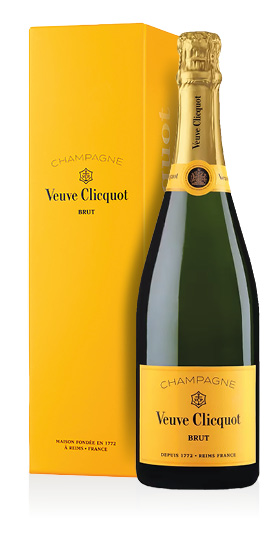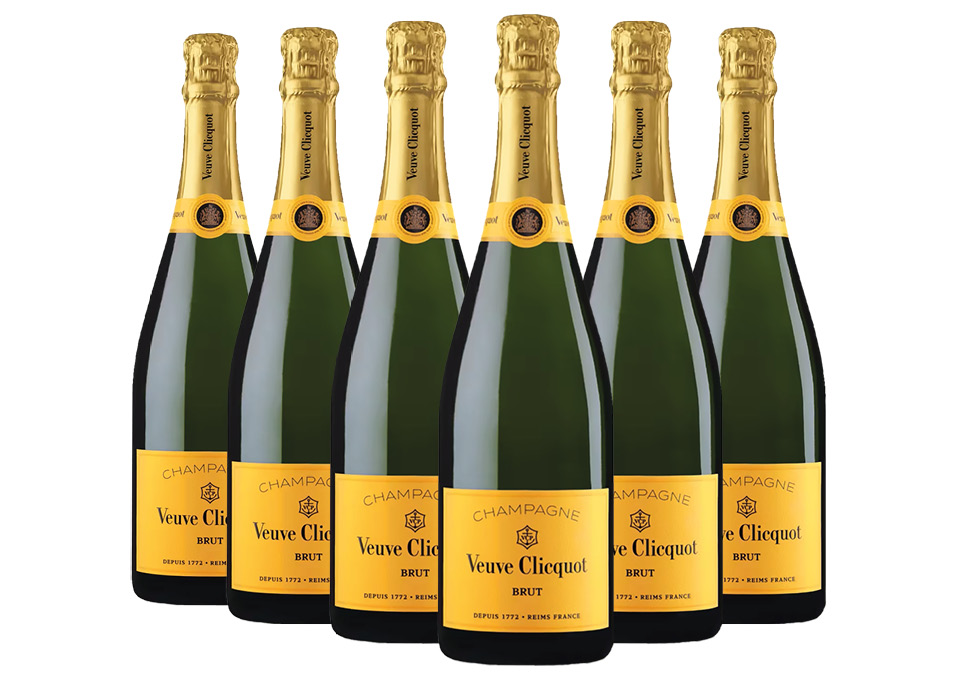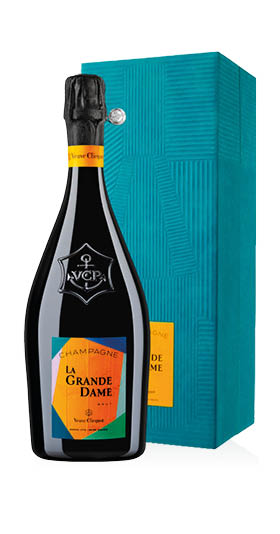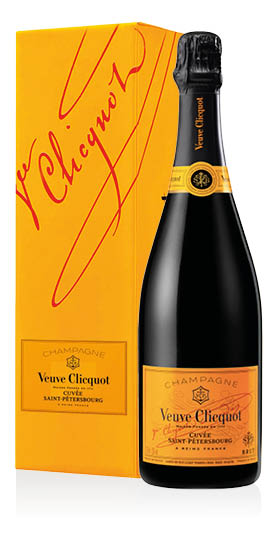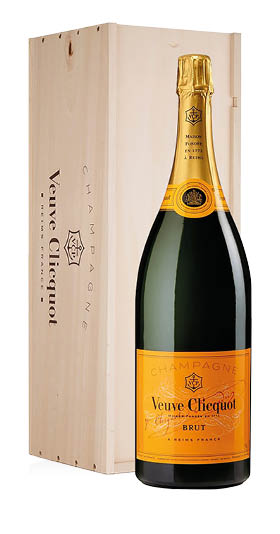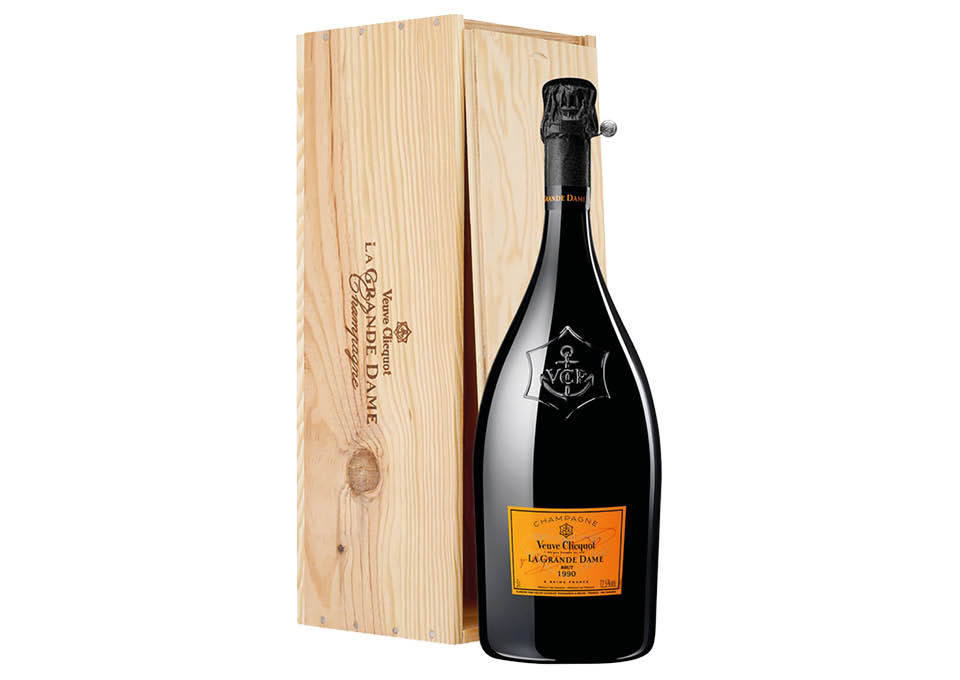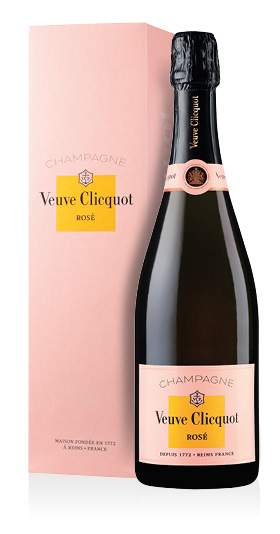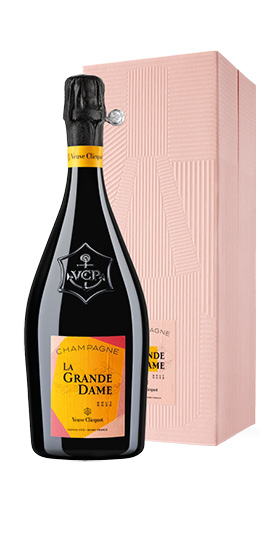Veuve Clicquot
For wine and Champagne lovers it is impossible not to know Veuve Clicquot Champagne. The name of the Maison is inextricably linked to Madame Clicquot, born in the second half of the 18th century by Baron Nicolas Ponsardin. But it was only in 1798 that, marrying François Clicquot, son of the founder of the Maison Clicquot, this woman of wine began to acquire skills in the wine sector before being able to take over the reins of the company in 1805 when her husband died. With audacity and resourcefulness, Madame Clicquot will be the architect of the 'table de remuage' useful to purify the Champagne from sediments and will be responsible for the creation of the first blend for Champagne Rosé: what until 1818 had been made with a preparation based of elderberries is now transformed into a 'rosé d'assemblage' obtained with the combination of some red wines from Bouzy. We are in 1909 when the success in production allows the Maison Veuve Clicquot to establish its headquarters on the outskirts of the city of Reims with the simultaneous purchase of 482 gypsum cellars. The Maison Veuve Clicquot can now count on a significant extension of vineyards in the region, diversified into 12 Grand Crus and 20 Premier Cru. The blends used by Veuve Clicquot are the classics used in the production of Champagne with different distribution that sees 47% of Chardonnay with prevalence from the Côte des Blancs, 36% of Pinot Noir from the Montagne de Reims and from the Cote des Bar, 17% of Pinot Meunier from the Vallée de la Marne. With 11 Chef de cave available, the Maison Veuve Clicquot is careful to identify the most suitable formulas to make its cuvées unique and recognizable, while focusing on sustainable viticulture and the lowering of chemical products in the treatment of plants. With the historical Champagne Veuve Clicquot Yellow Label we have a first example of the refined processing with the use of 50-60 Cru and largely the use of Pinot Noir. Careful conservation of the wines by vintage and origin allows to obtain Champagne of great aromatic intensity and freshness, always characterized by a powerful presence on the palate and, at the same time, delicately enveloping.
Veuve Clicquot Champagne
The Veuve Clicquot Champagne is qualitatively a goal of taste that can be reached through careful processing and storage phases. The Veuve Clicquot Champagnes on the market aim to enhance the taste by providing a complete experience and working on strength and elegance. It is not easy to achieve this goal despite having a great potential in terms of grapes and production capacity: the risk is, in fact, that of exaggerating in the creation of the cuvées and consequently of impoverishing the final result. In the case of Extra Brut Extra Old which is made up of aged reserve wines we are dealing with a Champagne with at least two years of aging before a further period of 3 years in contact with the yeasts in the spectacular gypsum quarries. Despite the many years that have passed, this champagne is a particular example of freshness and complexity. In addition to guaranteeing a potential aging of 10 years, it is a Champagne dominated by freshness and body but with a low dosage.
What is the origin of the name Veuve Clicquot?
The name of Champagne Veuve Clicquot originates from the Clicquot family, owner of the Maison which, since 1978, sees the direct involvement of Madame Clicquot wife of François Clicquot, son of the founder. When Madame Clicquot takes over the reins of the company on the death of her husband, the name of the collection will be marked with the words Veuve Clicquot or 'widow Clicquot' in memory of her husband.
Does the Maison Veuve Clicquot also produce magnum sizes?
Of course, the Maison Veuve Clicquot also produces 1.5-liter magnum bottles, ideal for any elegant evening and to satisfy more tasters. An example is the Champagne AOC Cuvée Saint-Pétersbourg Veuve Clicquot in box, also available on the Vino.com website.
What is the price of Champagne Veuve Clicquot?
The price of Veuve Clicquot Champagne ranges between € 40 and € 300 and depends on the type of sparkling wine produced and the format available for sale.

